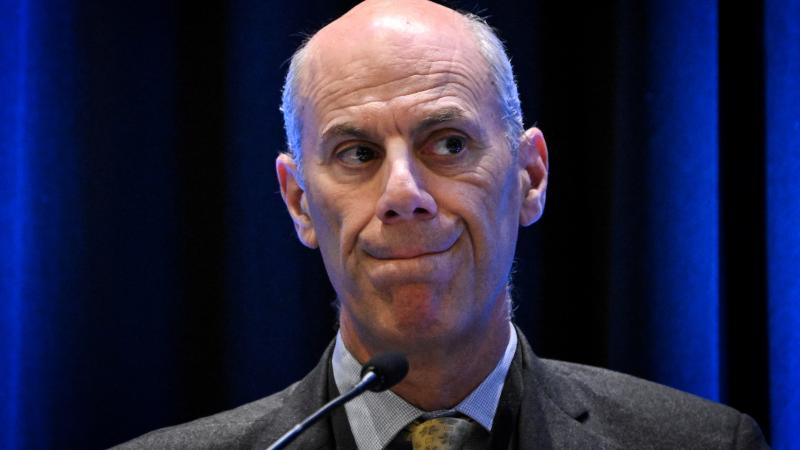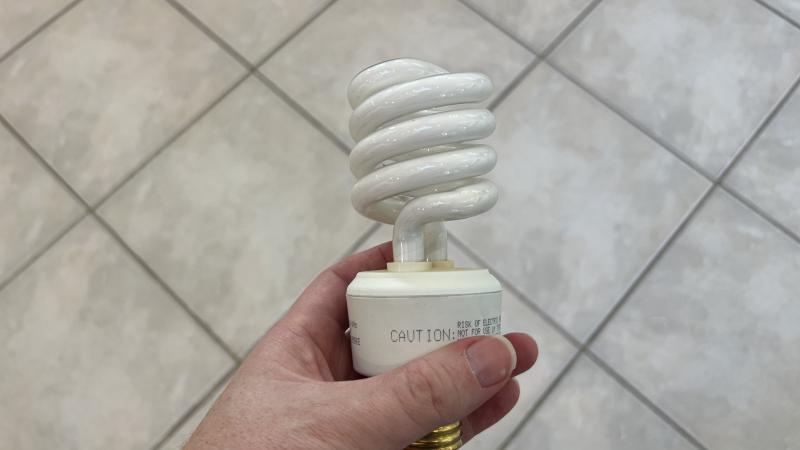S&P downgrades California bond outlook amid budget crunch
Golden States is facing a $26 billion revenue shortfall and has since enacted a budget freeze.
S&P Global Ratings downgraded its outlook on the State of California's outstanding general obligation bonds from positive to stable, reflecting the "fiscal 2023 miss," in which the state faced a $26 billion revenue shortfall and has since enacted a budget freeze. Experts say this downgrade is a signal S&P is likely readying to reduce California’s bond outlook again as an ongoing recession and coming $68 billion deficit for the 2024-2025 fiscal year suggest a worsening financial condition for the state.
“In contrast with previous periods of revenue volatility, however, the state maintains a strong liquidity and reserve position, which should help blunt potential lingering revenue vulnerability in the short term. The risk of longer-term structural imbalance is nevertheless elevated, absent a meaningful budgetary course correction to reflect a new period of subdued income tax growth, most notably among the state's highest-income earners,” wrote S&P in its analysis. “An inability to readily adapt to an evolving revenue and economic outlook, with an eye toward long-term structural balance, could lead to downward rating pressure.”
Despite the downgrade in outlook from “positive” to “stable,” S&P did not downgrade the actual ratings of the state’s general obligation bonds.
”The stable outlook reflects our view that the state's strong fiscal position and tools positions it to manage through the current uncertainty and potential budgetary strain caused by weaker-than-estimated revenue collections. Additionally, we expect California will work to achieve longer-term structural balance, even if it opts to utilize available reserves to balance its budget in the short term.”
At the same time, the report’s authors expressed a degree of skepticism about the state’s ability to turn around its fiscal situation any time soon.
“Upward rating potential is limited for now. All else equal, it would depend in large part on the state's ability to achieve a higher degree of revenue stability and predictability, while continuing to build stronger reserves to guard against periods of volatile revenue.”
Government and pension finance expert and former State Sen. John Moorlach warns that S&P appears to be signaling that a future downgrade in outlook is likely, especially as revenues decline and state contributions to public employee pensions must ride amid worsening financial market conditions.
“It is a pre-emptive move to state the obvious,” Moorlach told The Center Square. “When the predicted recession finally kicks…not only will revenues be down, but pension plan contributions will rise.”
California’s state-run pensions have a combined nearly $250 billion deficit between what it owes pensioners over their lifetimes and expected returns from investments and other contributions. When financial markets perform worse than the assumed rate of return, the pension deficit grows — all of which is eventually owed to public employees by taxpayers through the state government. California’s largest two state pension systems are funded at 72% and 74.4%.
If one combines California’s entire public pension system from the municipal to the state level, the state has $1.5 trillion of the nation’s combined $8.28 trillion of unfunded pension liabilities. This means California has 28% more pension debt as a percent of national pension liabilities compared to its national contribution of gross domestic product, demonstrating the state carries a disproportionate level of national unfunded pension liabilities.













